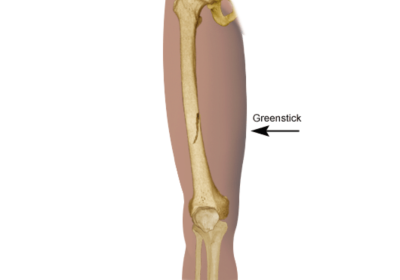- Home
- Resources
- Patient Release Form to obtain your records from other Physician
- Patient Release Form to release your records to other Physician
- Insurance and Billing
- What should I bring to Appointments
- Glossary in English
- Glosarios de Examenes de diagnostico
- High School Sports Injuries
- Stretching Exercises for Sports
- Childhood Obesity and bone, joint & muscle health
- News
- Staff
- Conditions
- Galleries
- FAQ
- Zink Blog
- Contact
Pediatric Congenital Spine Deformities
Pediatric Congenital Spine Deformities
What Are Congenital Spine Deformities?
Congenital spine deformities are disorders of the spine that develop in a child before birth. The vertebrae don’t form properly very early in fetal development, causing structural problems in the spine and spinal cord.
These deformities can range from mild to severe, and may cause other problems if untreated, such as:
- Developmental problems with the heart, kidneys, or urinary tract
- Paraplegia (paralysis of the legs and lower body)
- Problems with breathing or walking
What Causes Congenital Spine Deformities?
Medical experts are uncertain what causes the defects responsible for congenital spine deformities. In these disorders, the vertebrae may be:
- Partially formed or misshapen
- Fused together
- Missing
Types of Congenital Spine Deformities
A child may have one or more types of congenital spine deformity. Some commonly known types include:
- Scoliosis: Curvature and/or twisting of the spine to either side (most common)
- Kyphosis: Bowed or rounded back
- Lordosis: Sway back
Symptoms of Congenital Spine Deformities
Pediatricians can often detect spine deformities at birth if there is any abnormal curvature in the back. Sometimes, these deformities may not be noticed until later childhood or adolescence, when symptoms worsen. Physical signs of congenital spine deformities include:
- Abnormal curvature or twisting in the back, to either side, forward, or backward
- Uneven shoulders, waistline, hips, or legs
- Tilted pelvis
- Difficulty walking
- Difficulty breathing
How Are Congenital Spine Deformities Diagnosed?
A pediatrician’s physical exam at birth can often reveal congenital spine deformities. Further tests that help confirm a diagnosis include:
- X-rays to look for abnormal vertebrae
- Diagnostic imaging, including 3D EOS, ultrasound, CT, and MRI scans, to assess vertebrae problems and check for related problems in the spinal cord or organs
- Bone scans to assess bone health
Treatments for Congenital Spine Deformities
Treatment usually focuses on preventing congenital spine deformities from getting worse, rather than correcting them. Depending on the type and severity of your child’s condition, the pediatrician may recommend one or more of the following treatment options:
- Back braces or casts in mild cases of scoliosis to prevent spine curvatures from worsening
- Surgery for kyphosis and lordosis to improve spine alignment













